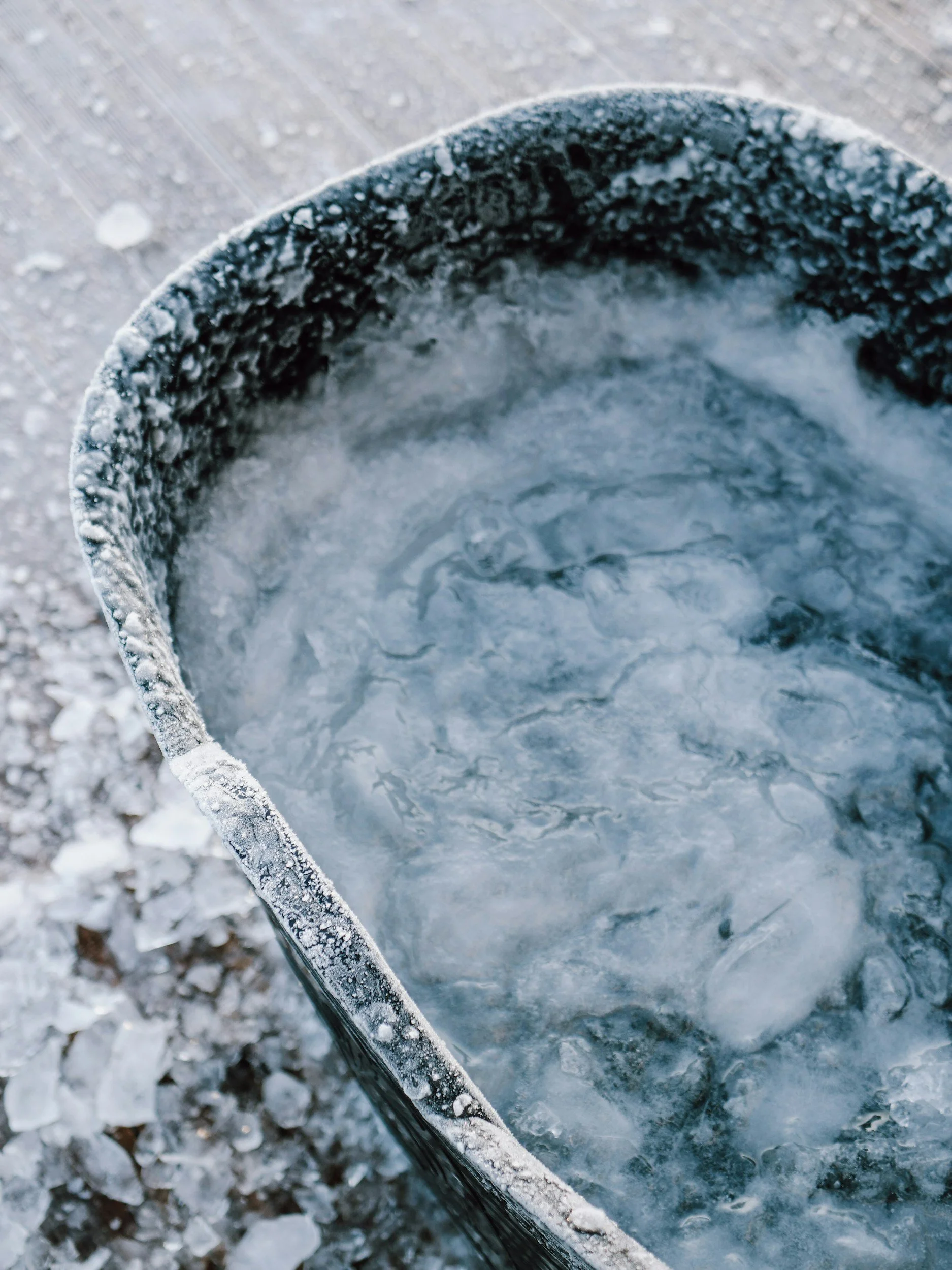Are Ice baths hurting you?
Cold plunges, or cold water immersion, may have the potential to interfere with muscle growth under certain conditions, particularly when done immediately after strength training or intense exercise. Here's why:
1. Inhibition of Inflammation (and Muscle Repair)
Muscle Growth Process: After strength training or intense exercise, muscle fibers experience tiny tears. The body responds to this damage by initiating an inflammatory process, which is crucial for muscle repair and growth. This inflammation signals the body to repair the damaged fibers, making them stronger and larger.
Cold Plunge Effect: Cold exposure has anti-inflammatory effects because it reduces blood flow and decreases inflammation. While this can be beneficial for reducing soreness and speeding recovery, it can potentially interfere with the natural inflammatory response required for muscle growth. By inhibiting inflammation, cold plunges might limit the repair process that is crucial for hypertrophy (muscle growth).
2. Blunting of Cellular Signaling for Muscle Growth
Cellular Pathways: When muscles undergo stress from resistance training, they activate signaling pathways that promote muscle growth, such as the mTOR pathway, which is key for protein synthesis (the process by which muscles repair and grow). Inflammation plays a role in activating these pathways.
Cold Water Impact: Research has shown that cold exposure may blunt the activation of the mTOR pathway and reduce protein synthesis following exercise. By doing a cold plunge right after training, you could potentially hinder the very biological processes that contribute to muscle growth.
3. Impact on Satellite Cells
Satellite Cells and Muscle Repair: Satellite cells are a type of stem cell that play a key role in muscle repair and growth. After resistance exercise, these cells activate and fuse to muscle fibers to promote recovery and growth.
Cold Exposure and Satellite Cells: There is evidence suggesting that cold water immersion may reduce the activity of satellite cells. Since these cells are critical for muscle regeneration, this reduction could hinder muscle recovery and growth.
4. Timing Matters
When It's Fine to Use Cold Plunges: Cold plunges are not inherently harmful for muscle growth if used at the right time. They can be beneficial for reducing muscle soreness and accelerating recovery after particularly intense workouts, but it's generally not recommended to use them immediately post-workout if your primary goal is muscle hypertrophy.
Best Time to Use Cold Plunges: To avoid interfering with muscle growth, it might be better to do cold plunges at times other than immediately after strength training, such as during rest days or after light activities. Waiting a few hours after a workout can allow the initial inflammation process to occur before using cold therapy for recovery.
5. Mixed Research
Varied Results in Studies: While some studies suggest cold immersion can hinder muscle growth, others suggest that its effects may be less significant. In fact, cold exposure can still help with overall recovery and reduce muscle damage, especially in endurance athletes, who may not be as focused on hypertrophy. Thus, the impact on muscle growth may depend on the type of training, the individual's goals, and the timing of cold exposure.
Conclusion:
Cold plunges might stunt muscle growth if used immediately after strength training, as they can inhibit the inflammatory response, reduce protein synthesis, and impact satellite cell activity—all of which are important for muscle repair and hypertrophy. If muscle growth is a primary goal, it's recommended to avoid cold water immersion right after intense workouts and instead use it at other times to aid in recovery and reduce soreness without hindering the muscle-building process.

